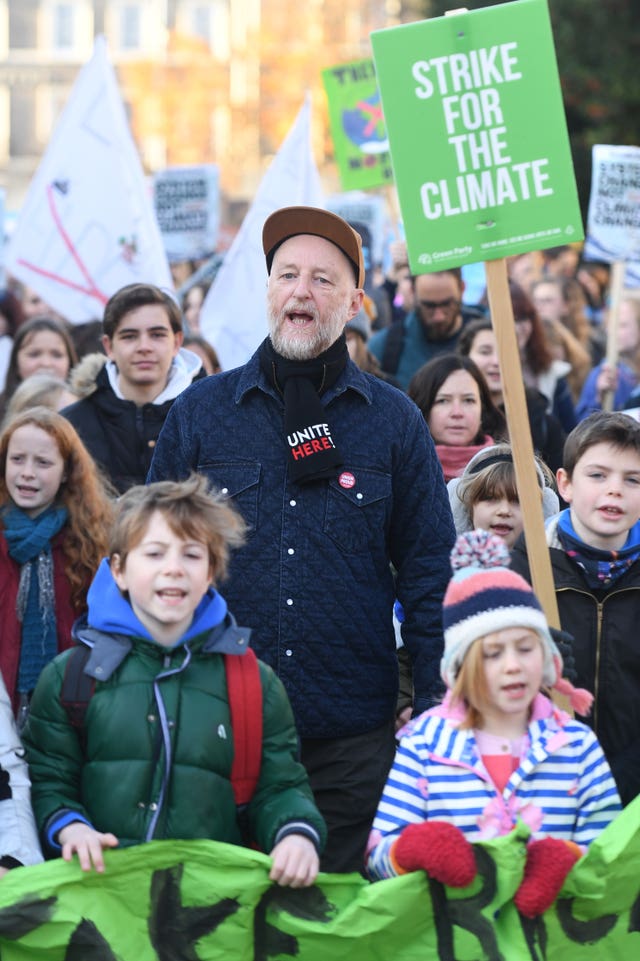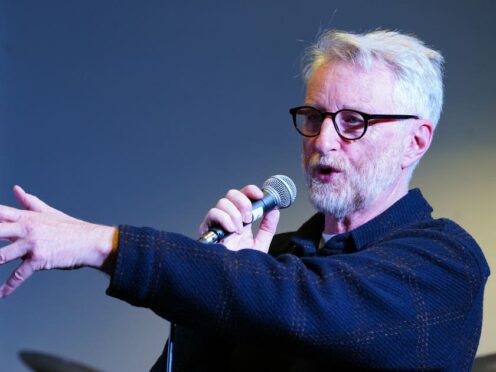Billy Bragg has said there are no longer many musicians singing about the issues of working people but there is no excuse for him not to stay relevant.
The musician and activist, 65, said it is moving when he sees young people passionately singing along to his 1986 anthem There Is Power In A Union, which has become an anthem of the trade union movement and is frequently sung on picket lines.
He told BBC Breakfast: “I have a song called Between The Wars, which comes from the miners’ strike period.
“And to be perfectly honest with you, in the early 2000s, I got an impression my audience, when I played it, they were getting a bit nostalgic for Margaret Thatcher and the days of struggle, the miners’ strike and all that and I don’t want to be part of that.
“So I started writing newer songs that were trying to articulate the same kind of ideas, but not being that nostalgic.

“But weirdly now I have a song from that same period called There’s Power In A Union and when I sing that now I see people in the audience singing it with their fists in the air who couldn’t have been born when I wrote the song.
“But they’re nurses, they’re teachers, they’ve been on the picket line in the last year or so and they’ve probably sung that song and now they’re looking for an artist who talks about those things and there’s not many of us left.
He added: “It’s not a nostalgic song. It’s not looking back. It’s connecting with something that’s happening now so it really makes me happy when a song can do that.
“So you bring that back into the set. You don’t just put it in there for the old time’s sake, you put it in because it’s relevant.”
The song, from Bragg’s album Talking With The Taxman About Poetry, is set to the tune of George Frederick Root’s Battle Cry Of Freedom.
It is famously used in the final scene of the 2014 film Pride, starring Bill Nighy, Andrew Scott and Imelda Staunton, about LGBT activists who raised money to help families during the miners’ strike.
Bragg continued: “I was never hip, I can’t be pretty any more, even if I’ve still got my own quiff, but I can still be relevant.
The Roaring Forty 1983-2023. Forty years in the making and it's out today!
Order Here – https://t.co/BuRCFT8RJSStream Playlist – https://t.co/rJGilKQPaH#BB40 #TheRoaringForty pic.twitter.com/mFSua8nBVl
— Billy Bragg (@billybragg) October 27, 2023
“It’s no excuse for someone my age who was active back in the day to not still be relevant, to not still engage with issues that are happening today.”
Bragg is celebrating his 40th anniversary in the music industry with an anniversary album The Roaring Forty 1983-2023.
